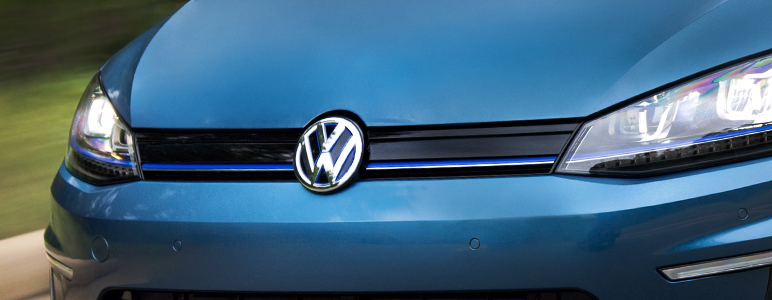


As part of Volkswagen’s $14.7 billion federal settlement for the use of illegal smog check defeat devices in its 2009-15 diesel cars, the Center for Sustainable Energy (CSE) offers planning recommendations for states to consider when deciding how to allocate their portion of the funding based on recommendations submitted to the California Air Resources Board (CARB) during the recent public comment period.
In California, CARB is closely instructing VW on how to expend $825 million that the automaker will provide the state over the next 10 years for zero-emission vehicle (ZEV) investments. It is estimated that on-road vehicles account for 33 percent of the state’s greenhouse gas (GHG) emissions, making deployment of ZEVs among the most critical tools to pursue reduction strategies. This unique “ZEV Investment Commitment” will allow CARB to significantly expand on-going support of initiatives to help achieve GHG reduction goals, through sustained focus on efforts that lead to the decarbonization of the transportation sector.
In response to CARB’s public process, CSE provided comments based on our diverse expertise in support of accelerated ZEV adoption and charging infrastructure deployment gained through administering California’s Clean Vehicle Rebate Project (CVRP) and electric vehicle incentive programs in the states of Massachusetts (MOR-EV) and Connecticut (CHEAPR). Summarized here, CSE hopes these ideas will serve other governments and public agencies in formulating and implementing ZEV plans.
ZEV Infrastructure
Place an emphasis on infrastructure deployment and support workplace, multi-unit dwelling and public charging access. While most plug-in electric vehicle (PEV) charging occurs at home, charging in public and the workplace plays a key role in the PEV charging experience and ecosystem, especially in a high public access scenario.
The VW investments present an ideal opportunity to help create the smart grid of the future. In this regard, CSE specifically prioritizes deployment of PEV charging technology with vehicle-grid integration capabilities, including networking, communication and demand response charging abilities. Given the lack of charging infrastructure in disadvantaged and underserved communities, it is further suggested a minimum percentage requirement be established for these areas. Deployment should be coordinated with any existing PEV infrastructure plans and each state’s major electrical utilities.
Public Awareness of ZEVs
In all states, marketing, education and outreach (ME&O) campaigns are needed to increase ZEV consumer awareness to meet adoption goals. ME&O targets are already embodied in most state ZEV action plans, and VW’s investment commitment can create a roadmap to consolidate and leverage efforts.
CSE recommended ME&O campaigns incorporate multilingual communities to increase ZEV knowledge in areas where uptake of clean vehicles may be low and pollution impacts may be high. We’ve found ride-and-drive events sponsored by community and nonprofit organizations are good venues to introduce ZEVs. In addition, CSE’s experience implementing statewide ME&O activities leads us to advise the use of a single, statewide administrator for such programs, thus ensuring greater consistency, streamlining, economies of scale and uniform data gathering and evaluation.
Increasing ZEV Access
Proposed investments to increase ZEV access through programs such as scrap-and-replace and ZEV car-share, rideshare or ride-hailing services, especially in communities disproportionately impacted by vehicle emissions are excellent strategies. Extending funding provisions to not only disadvantaged communities, but also to low-income households in other areas can strengthen market penetration of EVs and improve state or regional equity initiatives. These provisions should particularly be applied in communities with limited public transportation options and poorer air quality. Low-to-moderate income consumers could also benefit from aggregated ZEV purchasing, or group-buy programs.
Green City Projects
Seeking opportunities to leverage settlement program investments by concentrating efforts in high-density districts have the potential to prove effective in support of “green city” demonstration projects. We believe selecting such a project should be prioritized by its ability to increase ZEV adoption, with specific targets for EV charging and hydrogen fueling infrastructure, a high renewable energy electricity use strategy and clear goals to accurately measure program success. Such investments could lead to catalytic, transformative and accelerated change in these communities.
Leverage Partnerships
CSE also encourages leveraging existing market development partners. These include Clean Cities Coalitions, university extension services, advanced transportation centers and other related nonprofits, as administrators or as partners in state investment programs. Leveraging stakeholder-based implementers will help guarantee funds are targeted and spent with maximum impact for air quality benefits and the market acceleration of clean transportation technologies.

